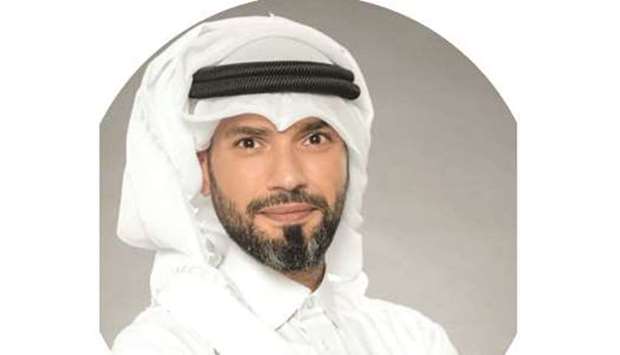Chapter 1 (published in this space on February 22, 2021) defined what is a team and how teams are means and not ends, as it explained that for an effective team to take place or happen is a very rare application due to multiple challenges, teams and or corporates go through whether on the objective level or on the vision level internally, and on the external conditions of the market or industry.
Imagine I tell you, in six months’ time, the bank will shut down all its branches, will discontinue giving loans for all conventional investors, and it will start a full-board online banking dealing with Crypto currency!
What would the first thing to come to your mind?
* OMG, I will lose my job!
* This is impossible to happen in 6 months.
* The government will never endorse this.
* Wow, that out of the box thinking!
* Other, please share with me your thoughts.
The story is about seven team members, who have been chosen by a fellow workmate. All of which had strong operational background but no marketing skills in the railroads industry back in 1981. Their challenge was to transform how the logistics of goods to customers was operated under a company called “Intermodal” in the USA.
The basic idea of transportation of goods from state to state was done using the rail system. Yet that is only one scope of the service as goods need to be moved from the rail station to the storages or customers using trucks from and to distribution points. This service has been in action for at least 150 years and the level of maturity of the system and customer expectations was very clear and very common.
The relationship between the rail staff and truckers wasn’t the best relationship as each sector served a different cause, badge, uniform, chain of command and company. So, the relationship was competitive although they both served the same customer. However, that wasn’t the only challenge in the process, internally both companies had technical and human challenges, which meant there was a drain/waste of efforts costing millions of dollars.
The super team had a very unique relationship, they put a lot of effort in making their ideas materialise and mature, they faced incredible resistance, and they fought back aggressively. The attitude was as if they were at war. The first idea that they introduced was to change all the Box-carts to Flat-carts believing that this will have a direct gain for on/off loading time. But that was only the tip of the iceberg! As they wanted to shutdown 150 existing loading ramps and introduce new locations with new equipment, believing that the new designs of these ramps, will allow them a cutting-edge process and will allow them do more loads per station, this idea was foreseen as ridiculous by almost all including customers, citizens (tax payers). It doesn’t stop there, they demanded that the truckers and trucking companies to be employed and bought by Intermodal for better management and control of service to customer.
The long story short, these seven were harmed in every possible direction, although they are all technically credible and they were assigned to create new means of operations and when they did, the idea was so big that everyone was scared from just listening to it, as if they came up with a new religion! Realistically, to that industry that was exactly how it felt! From the Governor, to the CEO to the COO and all executives in both Intermodal, the trucking company and the legislator and minister of transportation were against the idea.
The team was given a test/pilot to simulate their idea. Not as positive as it sounds, as everyone around them made sure the super team fail! They chose winter, when naturally sales are down and demand is low. They decided to plan a shutdown in two other locations, which will make goods almost impossible to be received and sent on time.
Guess what! The team did it, and demonstrated that their idea can achieve $500 million more than the conventional way by doing this pilot with the same operational cost!
In fact, once their idea was rolled out in action, it brought back to the company $1.3 billion in the first year, exceeding all expectations!
Now let me reflect on the emotional bond amongst the team members. They all did over 18 hours per day, yes, they had defined scopes, roles and responsibilities, and they had a leader on an org-chart, but they were all leaders, they switched hats, they would have a ton of differences when they were brainstorming, but they had one word when they faced the world. They explain their relationship as spiritual, or even beyond family, they had ultimate trust in each other, they had a high level of empathy towards each other, although they were ruthless with the rest. The level of respect they had for each other was the type that should be taught in school, yet respect is one of those things you are brought up with. The values and the culture of their conduct, the conditions and circumstances made this team achieve effectively and change everything the world knew of the transportation business to what it is today.
Let us remember thinking out of the box and being innovative is demanded by most organisations and executive leaders, but can they really be open to its results? Can they visualise what this change will bring? Can they grow from 1 million to 1 billion?
This case study was a stunning read, I wish you all enjoyed the summary.
* The writer is Unit Head National Development | National Talent Development. This piece was shared by him as part of a ‘Weekly Reading’ initiative at Commercial Bank.

Mohamed Ahmed al-Hammadi


